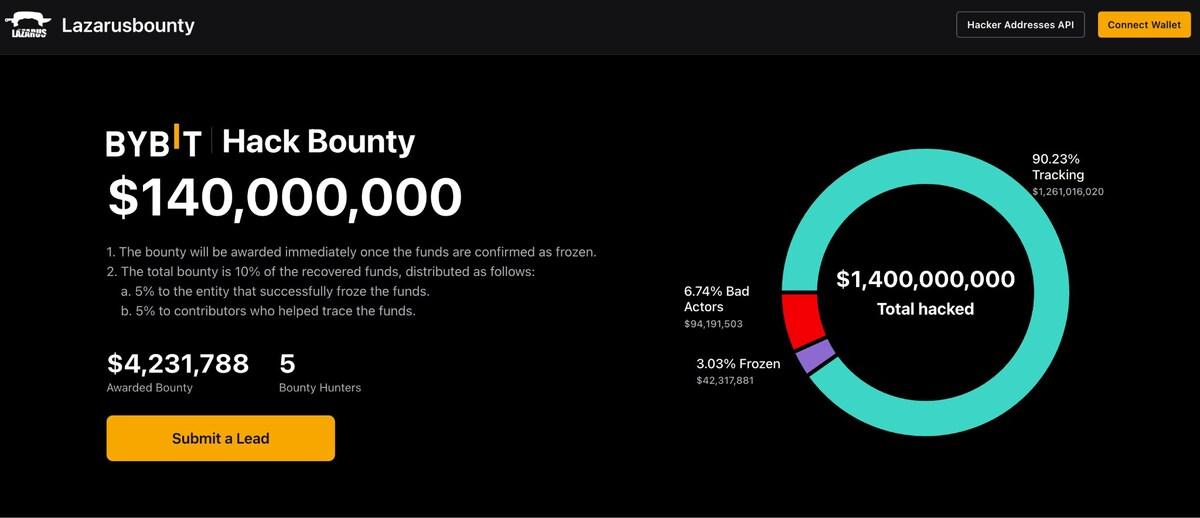Sparked by millions of content creators and their legions of fans, the Web2 ecosystem laid the foundation for a creator-focused economy. As smartphone penetration continued to rise and the internet became easily accessible to billions of users across the globe, this fledgling ecosystem of creators has positioned itself at the epicenter of Web2.
However, Web2, due to its overly centralized nature, hasn’t been able to deliver on its promises of a creator-focused ecosystem fully. As of now, dominant Web2 platforms like YouTube, Facebook, Twitter, TikTok, and dozens more effectively control both user-generated content (UGC) and the means of monetization.
Web2 Platforms Don’t Really Care About Creators and Fans
The hype centered around the creator economy has gradually eroded across the Web2 spectrum, primarily because of the shortcomings of the Web2 model. Historically, most Web2 platforms have forever opted for a more “hands-off” approach toward creator monetization.
Creators spend thousands of hours and put in unlimited efforts to create content that they use to build an audience. Unfortunately, existing content-sharing platforms offer little to no support for creators who wish to monetize their content. A few scenarios, such as YouTube’s ad revenue program or TikTok’s billion-dollar creator fund, are exceptions, but they, too, come with several caveats.
Meanwhile, mainstream platforms like Instagram, Facebook, and Twitter have forever ignored opportunities to facilitate transactions between creators and their audiences or between creators and brands. The problem here is that most platforms either want to be directly involved in the process, meaning they want to control the entire monetization spectrum, or they want to create models where content creators become fully dependent on their Web2 gatekeepers.
For now, content creators only have a handful of options to monetize their content. One option is to strike brand deals and sponsorships. Another potential option is to embed third-party solutions (external links) like Patreon to raise funds. Most social platforms don’t encourage embedding third-party links and sometimes even block such accounts or restrict the reach of their content.
This leaves the majority of content creators at the mercy of the platform itself. For example, YouTube content creators have become overly dependent on the platform’s ad revenue model. After all the work and meeting stringent qualifications, creators only receive roughly 45% of the ad revenue. While this sounds enticing, it also means that YouTube essentially controls the content. If content doesn’t meet community standards defined by a handful of executives, creators can be demonetized or lose their channels.
And in this tug-of-war between content creators and content-sharing platforms, the fans are generally overlooked. These fans who spend countless hours across platforms, consuming content from their favorite creators, receive nothing in return.
Shifting The Web2 Paradigm With Novel Incentivization Models
This is where Web3 initiatives come to the rescue. Driven by new-age technologies like blockchain, digital currencies, and NFTs, these platforms are gradually transforming the Web2 approach by granting more power, control, and ownership to both content creators and fans. These initiatives aim to remove centralized authorities and intermediaries from the process, thereby unlocking novel monetization models for creators and their fans.
Take, for instance, the community-first approach of Snapmuse. As a full-fledged Web3 ecosystem, Snapmuse overcomes the shortcomings of Web2 platforms by empowering content creators and fans to build (and foster) communities supported by genuine value.
The platform takes an uncanny approach towards monetization by allowing content creators to mint NFTs of their content and embed a portion of their ad revenue in these NFTs. This approach works in favor of both content creators and their fans. On the one hand, fans can purchase the NFTs from their favorite content creators, which allows the content creators to unlock an additional revenue stream. This means that creators no longer have to depend on one single monetization source but can instead generate passive revenue streams by both direct NFT sales and subsequent sales across secondary marketplaces.
Simultaneously, this approach unlocks potential revenue streams for fans. In the Web2 model, content consumers are largely overlooked. Via Snapmuse’s Web3 model, fans gain their fair share of passive income by supporting content creators they like. Every time a fan purchases an NFT, they unlock a share of the creator’s ad revenue directly embedded in the NFTs. This means fans receive a share of the creator’s ad revenue as well.
Snapmuse’s approach lays the foundation for redefining Web2 standards by allowing creators and fans to come together and forge communities driven that are value-added while also revolutionizing the social media experience for millions of creators and fans.
Disclaimer: This article is provided for informational purposes only. It is not offered or intended to be used as legal, tax, investment, financial, or other advice
Credit: Source link














